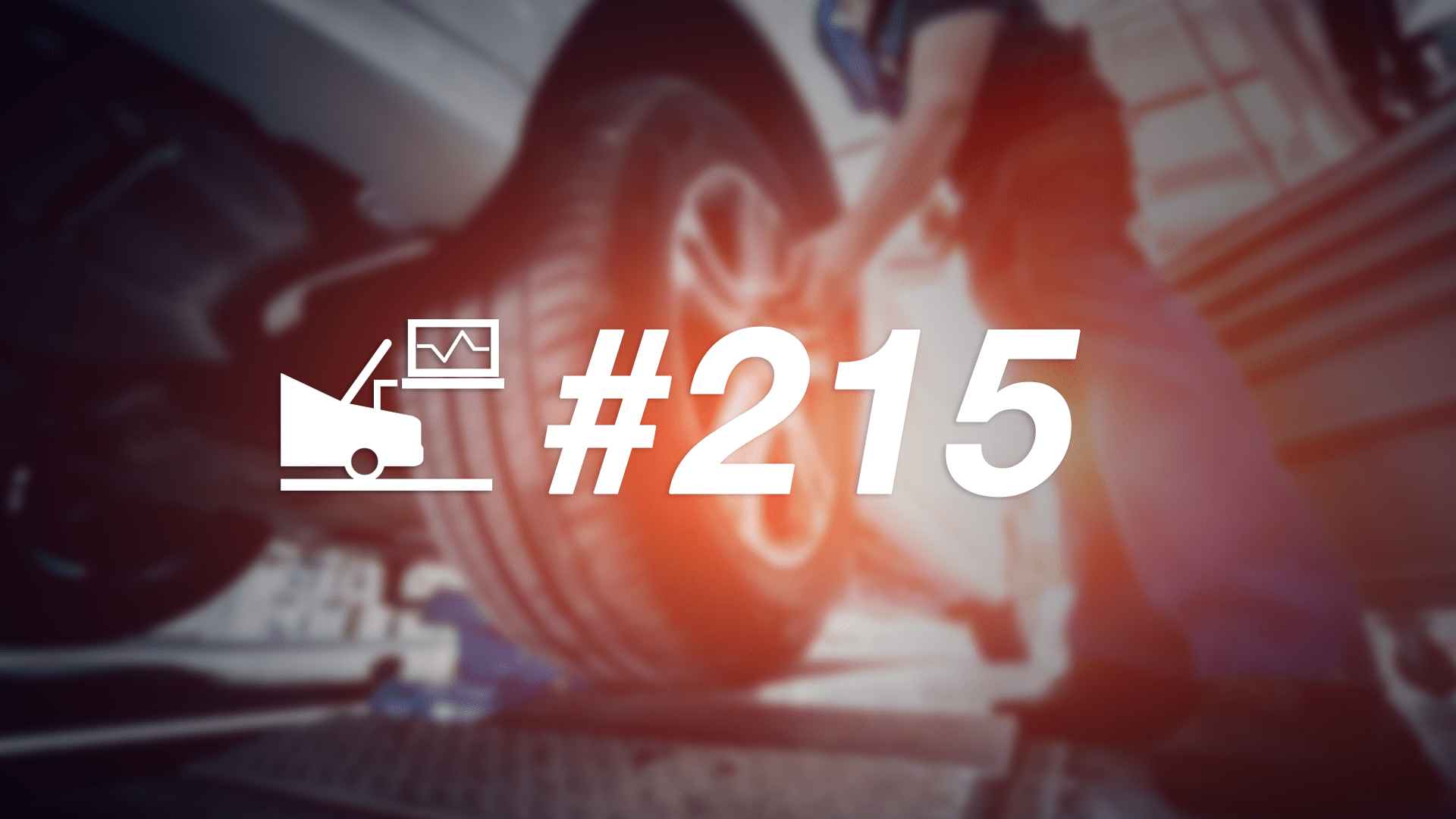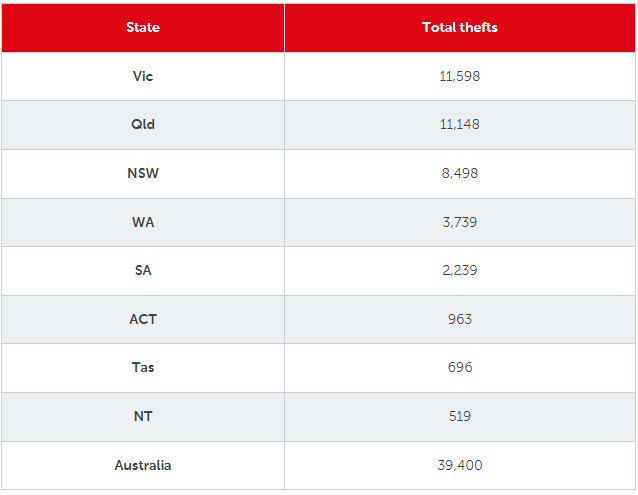Why is my check engine light on?
What does a check engine light mean?
Vehicle computers are very sophisticated and can routinely test each system in the vehicle, fuel, spark, exhaust, emissions, etc. The emissions laws state what minimum standards the vehicle must meet, so when the vehicle computer tests emissions and the results come up outside of spec, it will set a check engine light and store a trouble code.
Check engine lights aren’t limited to just emissions issues
The anti-lock brake system (ABS) is one of the vehicle systems constantly tested by the vehicle’s computers. If they detect an issue with the ABS system, the computer will turn on the ABS warning light and the traction control system light (if the vehicle is equipped with traction control, as well as the check engine light.
In fact, vehicle computers constantly monitor all vehicle systems and set distinct 5-digit trouble codes according to system:
Codes that start with P are powertrain related codes
Codes that start with B are body systems related codes
Codes that start with C are chassis related codes
Codes that start with U are digital network related codes
Can you drive with a check engine light on?
That depends. If the check engine light isn’t flashing and the vehicle is starting, accelerating and running smoothly, then yes, you can continue driving it until you can get it into the shop. However, if the light is flashing, that’s a serious problem (see below). And, if it’s not running properly, you should get it into the shop ASAP.
Is a flashing check engine light serious?
A flashing check engine light is very serious. It means your engine is experiencing a misfire that’s severe enough to damage the expensive catalytic converter. If you have a flashing check engine light, you should try backing off on the gas pedal to see if the flashing stops. If it does, you can drive it to the nearest shop by reducing your acceleration and heavy foot. If the flashing does not stop, pull over and call a tow truck. A tow will be much cheaper than replacing the catalytic converter and repairing the underlying cause of the misfire.
Can you tell what’s wrong back on the check engine light?
NO! When a you have a check engine light on, there’s no way to guess which of the more than 1,800 possible codes are stored in the computer. The ONLY way to start the diagnostics to find out why the check engine light came on is to plug in a code reading tool and poll the computer.
Once a trouble code sets and lights the light, that code is stored in computer memory. A code reader or scan tool (there’s a difference between the two) polls the computer memory and pulls up the trouble code. Some units decipher the code and tell you what it means in plain English, while others just pop up the code.
Once you have the trouble code you can diagnose the check engine light cause
Once you have the code, do an Internet search for that code on your vehicle. For example, search of P0301 2015 Subaru Outback. If it’s a common code for that vehicle, you’ll see lots of fixes. If you can’t find good information or you’ve tried the fixes posted online, it’s time to get your hands on a shop manual to find the tests to narrow down the cause.
The best online manuals are alldaydiy.com and eautorepair.net. You can purchase a subscrption from the links below or you can contact your local library to see if they offer free access those manuals in the library.
A note about airbag codes
Finally, be aware that the computer tracks how many times you’ve started the car with the Check Engine light on. So, if you’re under warranty or driving a leased vehicle and think that you can dodge the charges for engine damage by claiming that the “light just came on,” think again. They can tell when the light first came on.
How to check codes
1) Take it to an auto parts store that checks codes for free. Most major retail auto parts stores (like Autozone, Advance Auto, O’Reilly) will scan your computer for free. But beware, their parts guys are NOT technicians. So if the trouble code translates into “Oxygen sensor lean,” I guarantee you the parts guy will sell you a new oxygen sensor. Do you need one? Well, what if the exhaust stream really IS lean and the oxygen sensor is telling the truth? $80 down the drain. Remember, parts stores are in business to sell parts. Don’t rely on them to diagnose problems.
2) Buy your own code reader or scan tool
In the early days of OBDII, code readers and scan tools cost a fortune and only professional technicians could afford them. But today you can buy a code reader for $40. All right, I can hear you whining. But before you go into a full pity-party, remember that “in the old days” we had to buy special tools to work on cars. Remember tach/dwell meters for setting “points” in the distributor? Or that timing light you had to use to set timing? How about those distributor wrenches that you only used once every 3 years? So get over it—you’re going to have to spend money on a new tool.
What’s the difference between a code reader and a scan tool?
A code reader reads codes—period. It doesn’t tap into the vehicle’s computer to display “live data.” Knowing the code if helpful, but it’s just a start towards diagnosing the root cause. The majority of Do It Yourselfers who buy code readers end up guessing at the problem and replace a LOT of parts unnecessarily. So you saved yourself a bunch of money on the code reader only to throw far more money into parts you didn’t need.
A scan tool, on the other hand, displays the same data that the computer receives from it’s sensors. If we follow the oxygen sensor example from above, the first thing I’d check in live data is the value for “Short-term Fuel Trim.” When the computer sees a lean condition, it figures it calculated the wrong air/fuel mixture. To correct the problem, it adds more fuel. That additional fuel is referred to as Fuel Trim and the value runs from 0 to 25%. So, in this case, if I were to see a fuel trim of 25% along with an oxygen sensor “lean” code, I would know that I had a huge vacuum leak. In other words, too much air is getting into the engine, the computer is trying to compensate for it and it has max’ed out it’s ability to correct it, and the oxygen sensor is still seeing a lean condition. Remember I told you a parts guy would sell you an oxygen sensor? Well, in this case, I’d be looking for a broken vacuum hose or a bad intake manifold gasket. There, you just save almost enough money on this single repair to justify owning a scan tool.
What else can you read on a scan tool?
Engine RPM, engine coolant temperature, radiator fan operation, transmission operation, barometric pressure, MAF, MAP, VSS, TPS sensor values –getting the picture? You can literally “look” into the computer and get the data.
So buy a scan tool and read up on how to use it and interpret the values.
I’ve listed some of the more popular models of code readers and scan tools below. But read the fine print on the model you want to buy. MAKE SURE IT WORKS ON YOUR VEHICLE. Also, these inexpensive scan tools only pull “P” codes. They will not read ABS, Airbag, or other manufacturer-specific codes. If you want to read all those codes, you’ll need to pony up about $4,000 for a professional model with all the software.
© 2012 Rick Muscoplat
Posted on by Rick Muscoplat
#check #engine #light #Ricks #Free #Auto #Repair #Advice #Ricks #Free #Auto #Repair #Advice










